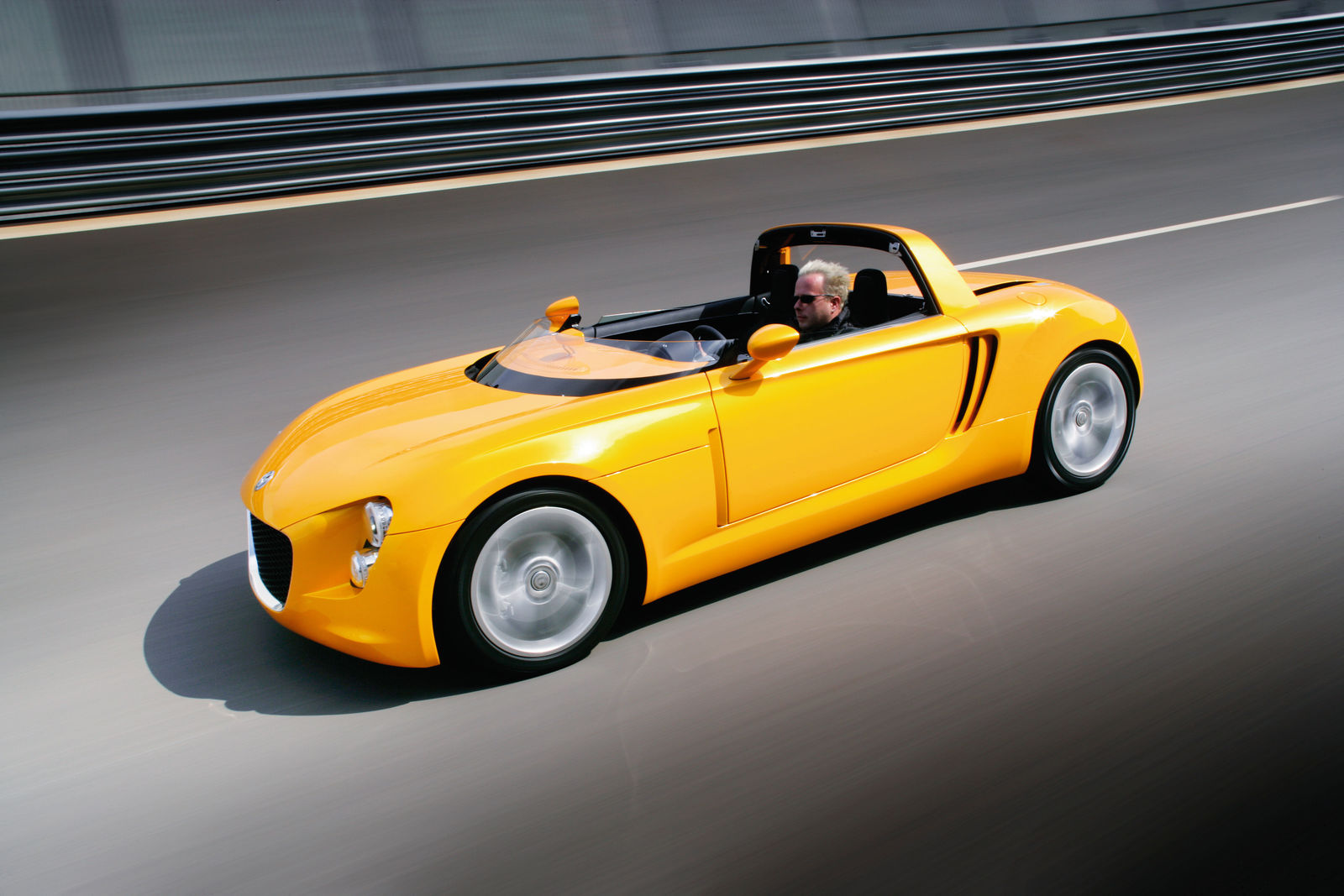The carbon fibre EcoRacer is a coupé, a roadster and a speedster all in one
The VW prototype is powered by a TDI engine of the coming generation
At the Tokyo Motor Show (22 October to 6 November) Volkswagen are presenting a prototype that could well make history as the most economical the sports car of its time. Its basic data: average fuel consumption of 3.4 litres for 100 km, a top speed of 230 kph. Its name: EcoRacer. Thanks to its carbon-fibre (CFP) bodywork, this sports car with its centrally located engine weighs in at only 850 kilograms, and accelerates from 0 to 100 kph in just 6.3 seconds. Powered by a newly developed 100-kW turbo-charged diesel of the next generation, it offers a forward-looking synthesis of austere economy and impressive performance. 230 kph, 6.3 seconds, 3.4 litres – these vital statistics are as unusual as they are fascinating. But the objective of development was not to break records. With the EcoRacer, the intention was rather to create a research vehicle that united the elements of economy and performance under a very emotionally styled “roof”.
Tight Proportions: The styling of the bodywork, with its new sports-car front end, LED headlamp and rear-light systems, tight proportions and powerful lines, demonstrates that even very economical cars can rivet attention wherever they appear. The bodywork of the EcoRacer is 3.77 metres long, 1.74 metres wide, and only 1.21 meters high. The wheelbase of the specially developed 17” alloy rims is 2.48 metres. The font and rear overhang is extremely short.
Fully functional: The prototype is anything but a show-room mock-up. It can be driven without restrictions, and is intended to serve as a technology test-bed. And the EcoRacer is also a versatile all-rounder: As soon as a door is opened, the roof wing above it swings up, giving optimal access. The entire T-bar roof is removable. Even the rear hatch can be removed. And, last but not least, the frame of the windscreen can be exchanged for a module with a short, racing windshield. This makes the EcoRacer, firstly, a coupé, secondly, a roadster and, thirdly, a speedster.
CFP bodywork: As the mainstay of the EcoRacer, a carbon-fibre (CFP = carbon-fibre reinforced plastic) bodywork was developed that was both light and stiff. Structurally, it is a CFP polycoque (the safety structure embraces room for two persons) with roll bar, CFP crash elements and a CFP skin. The main parts of the polycoque are a chassis pan, two side members and the dashboard. The crash elements in the front area are the CFP crash absorber and an aluminium bumper cross-member. A further CFP module carries the engine and rear axle. The vehicle f loor with integrated diffuser is also made of CFP.
The EcoRacer as a coupé: The bonnet, boot-lid and doors are also made of CFP, as are the roof elements. The door locks of the EcoRacer open electromechanically. This not only releases the door catch – via Keyless-Entry-and-Go system – but also swings the associated roof wing upwards on a gas-pressure damper, so as to optimise the entry and exit. These roof sections and the so-called T-bar, the longitudinal web between them, can be removed completely and stowed behind the seats.
The EcoRacer as a Roadster: And more: in a matter of minutes, the entire roof structure including the windows can be removed or converted. First, the rear hatch, the coupe rear end, is removed. At the same time, the side elements of the front wings between the front wheel and the door hinge are taken out. The effect of the thus partially free-standing tyres has dynamics all of its own. In fact, without the hatch and the roof, the coupé now emerges as a roadster.
The EcoRacer as a Speedster: In the final stage, the roadster can be converted to a speedster. For this, a special catch in the area of the A column is simply released, to allow the windscreen with frame and the upper dashboard housing to be taken off. In place of this module, a minimalistic windscreen with its own dashboard cover is inserted. The result is a speedster in its purest form.
Futuristic styling elements: As to the front styling, the shape of the radiator grille and the double headlamps above it is particularly conspicuous. They demonstrate a front end that would be conceivable in a similar form tomorrow on future models of sports car. In the area of the B columns, the typical air intakes of a central-engined sports car are dominant. A sense of power emanates from the muscular contours of the wings and the 17” aluminium-alloy wheels that fill the wheel-boxes.
Running gear, light and athletic: Dynamics and innovative concepts characterise the prototype’s running gear, too. On the one hand, it is very light, but on the other hand it offers quite obvious potential for extreme agility. The front double-wishbone axle is a completely new design. The wishbones are made of aluminium, as are the pivot bearings. The four-control-shaft rear axle is based on the derivate that was used in the Golf. Its use in a central-engined sports car emphasises the potential of an axle that harmonises perfectly with front-wheel, rear-wheel and all-wheel drive. In the EcoRacer (weight distribution front / rear: 40 to 60) it was tuned specifically to the central-engine concept, and robbed of a few kilograms.
New-generation TDI engines: Just as unique from the point of view of design as the entire body is the EcoRacer’s TDI engine. It ref lects the future of the diesel engine. Clean, powerful and very versatile. The 1.5 TDI is still under trial. Like the new twin charger (TSI) among the direct-injection petrol engines, the turbo-diesel direct injection engine is characterised by greatest agility at lowest consumption. The Volkswagen developers refer to it as a highly charged downsizing concept.
New TDI data: The four-cylinder engine develops 100 kW / 136 PS at 4000 rpm. Between 1900 and 3750 rpm, the 1484 cc four-valve unit develops a torque of more than 250 Newton metres. The compression ratio is 17.2:1. The unit is both light and compact, and – not only in the EcoRacer – it conforms to the EU-5 exhaust standard, and future further-reaching EU threshold values. The gearbox of the turbo-diesel is the DSG double-clutch transmission. The 1.5 TDI, presented in the EcoRacer for the first time, has the potential to implement the CCS process. CCS (Combined Combustion System) is a combustion process that combines the advantages of diesel and petrol engines, using synthetic fuels.
Notes:
The acronyms FSI, TDI, DSG and CSC are registered trade marks of Volkswagen AG or other companies in the Volkswagen Group in Germany.
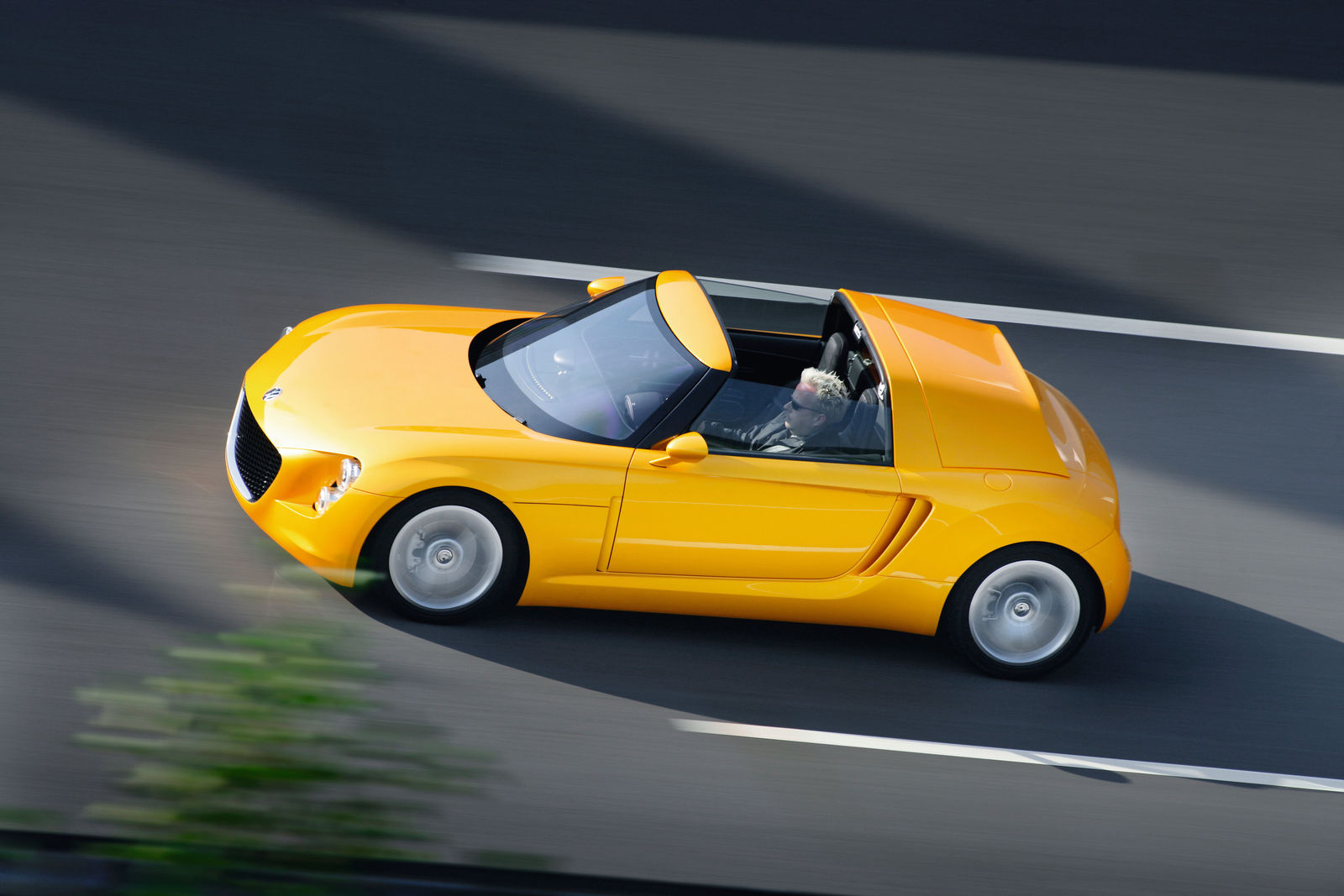
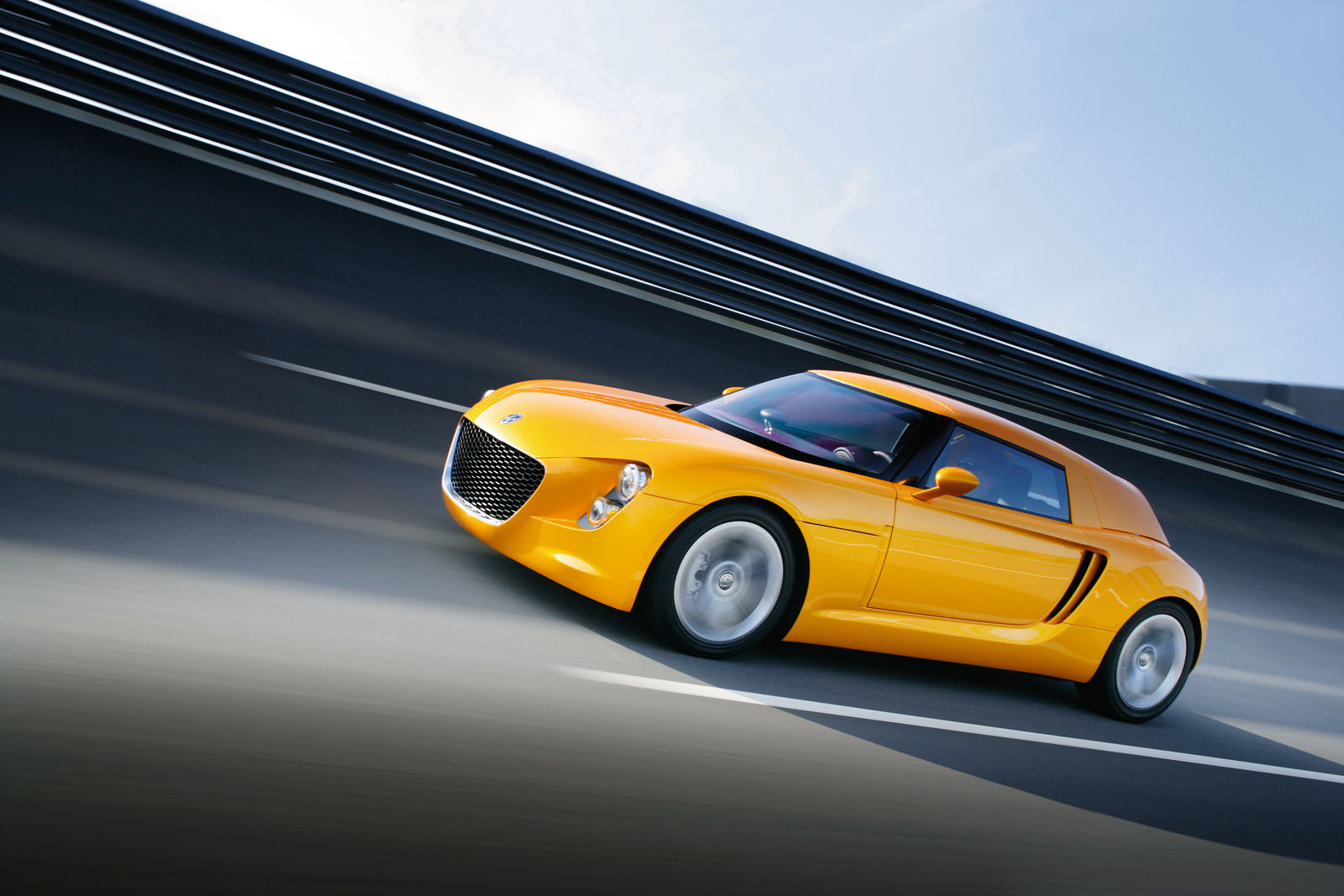
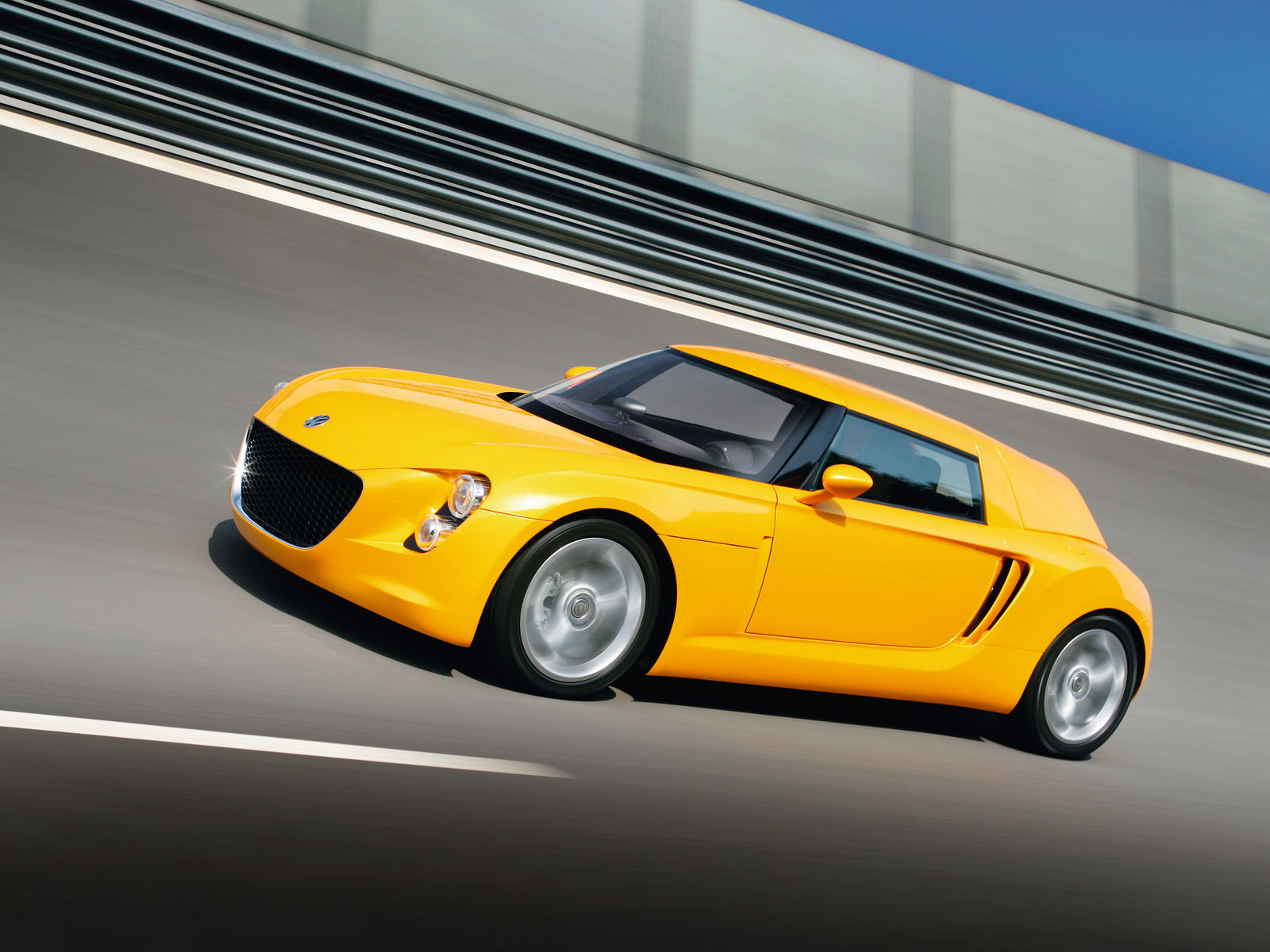
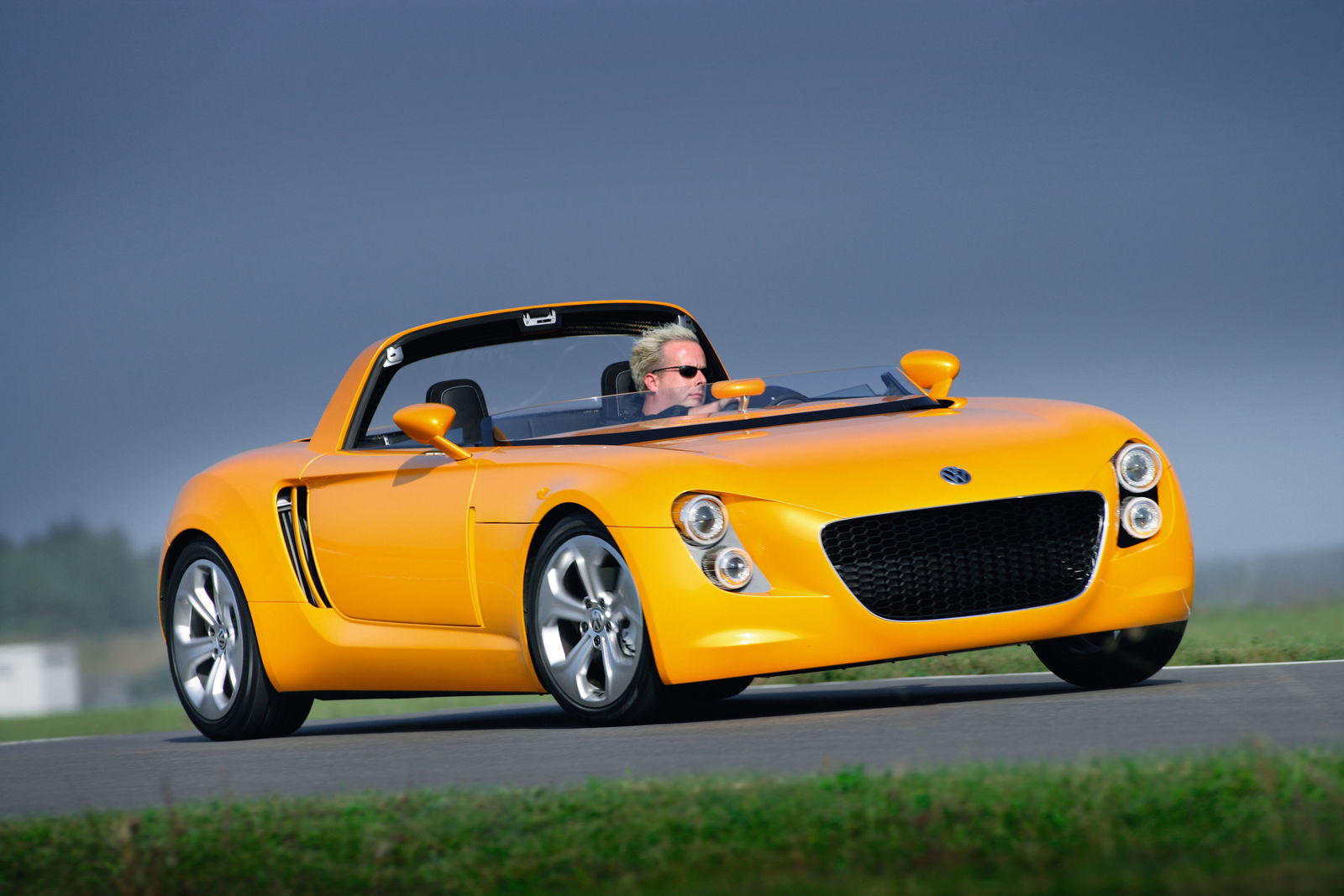
Media contact

